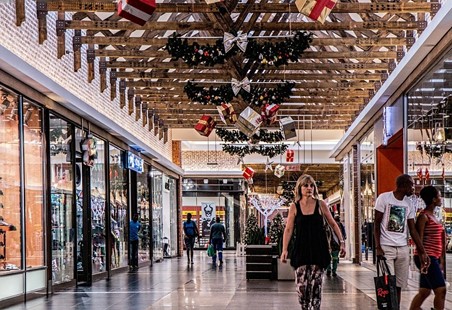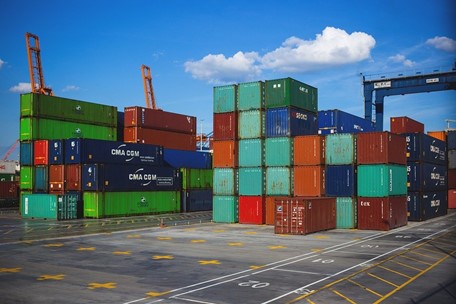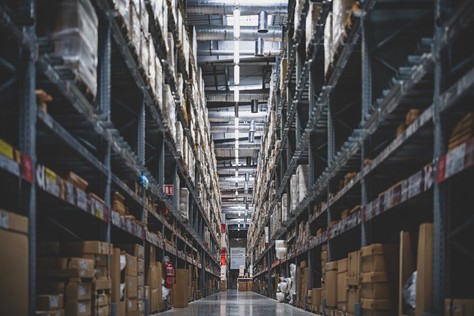As the 2021 holiday shopping season is approaching, the retail industry is bracing for what could be its most transformative year yet. We’ve endured a year of cautious consumer spending where the retail customer focused on the essentials. Despite this, the 2020 holiday shopping season broke most retail sales estimates. But it wasn’t without challenges which ranged from stocking to delivery, staffing to foot traffic. Retailers took note and are being more proactive in 2021 as they prepare for similar challenges.
 Extended Shopping Season
Extended Shopping Season
A trend that isn’t new is the increased duration of the holiday shopping season. Black Friday starts sooner running into Cyber Monday and has become almost a week-long marathon of holiday deals. Many retailers have expanded the shopping schedule into a whole month or more. As each retail brand looks for ways to disrupt the retail industry, Amazon raised the stakes by starting their official Black Friday deals on October 4!
 Shipping Bottlenecks
Shipping Bottlenecks
It’s no secret that there have been significant bottlenecks in the shipping industry, and it is affecting almost every business without exception. While the factors that contribute to these issues are complex (labor shortages, port delays, container shortages to name a few), the result is the same: the holiday shopper will see less product on the shelves when buying gifts for their loved ones. But if there is one thing that is true about the retail industry, it always evolves when problems arise. In one example showing just how far stores will go to do what it takes; Costco has chartered three ocean vessels for the next year to transport containers between Asia and North America.
We also learned from 2020 that getting products onto U.S. soil is only part of the equation. Last year, the U.S. Postal Service added surcharges to domestic shipments during the holiday shipping season. UPS and FedEx also added similar surcharges. Demand on our transportation network did not decline and neither did the need for more truck drivers and delivery drivers. The National Retail Federation expects 57% of consumers to make a holiday purchase online. And nearly half expect that they will have difficulty finding items this year. The demand will be for the product that is in stock whether it’s shipped to your home or on the shelf at your local store.
 Overstocking
Overstocking
The retail industry anticipated these hurdles earlier this year and started purchasing inventory much sooner in the year than in previous years, stocking their warehouses with everything their buyers might want this holiday season. This adds a new risk to predicting the hot holiday toy trends long before the holiday season. But this risk will reward a retailer’s inventories by putting them in the best position possible.
According to Retail Wire, Target has increased its inventory by 26% at the end of Q2. Even further, Best Buy reported increases to their inventory 55% this year and 23% compared to just two years ago. While a retailer’s actions in being proactive may solve one problem, it creates another. Where does this inventory get stored? Stores will need to be creative and think about how they can grow their back of house storage areas by growing volumetrically and creating solutions to put more stock on the sales floor. Shelving displays and window displays will become these opportunities.
Just as the retailers have adapted to ever-changing conditions, consumers have learned to be more adaptable than ever. Sales are predicted to increase between 7-9% for the 2021 holiday shopping season. It will be the retailer who has leveraged all their supply channels, inventories, warehouse capacity, and transportation networks that will succeed in this season.
About the Author
Ryan Rosche, AIA is a Vice President and leads our team in Austin, Texas. For more than 15 years, he has worked with retail clients on projects across the U.S. He distinguishes himself by working alongside our clients to gain additional perspective into their brand initiatives, how they’ll be implemented, and their brand’s impact on the retail industry. He co-leads BRR’s Retail Innovation team and works to apply key learnings from projects to our client programs. Email him.



